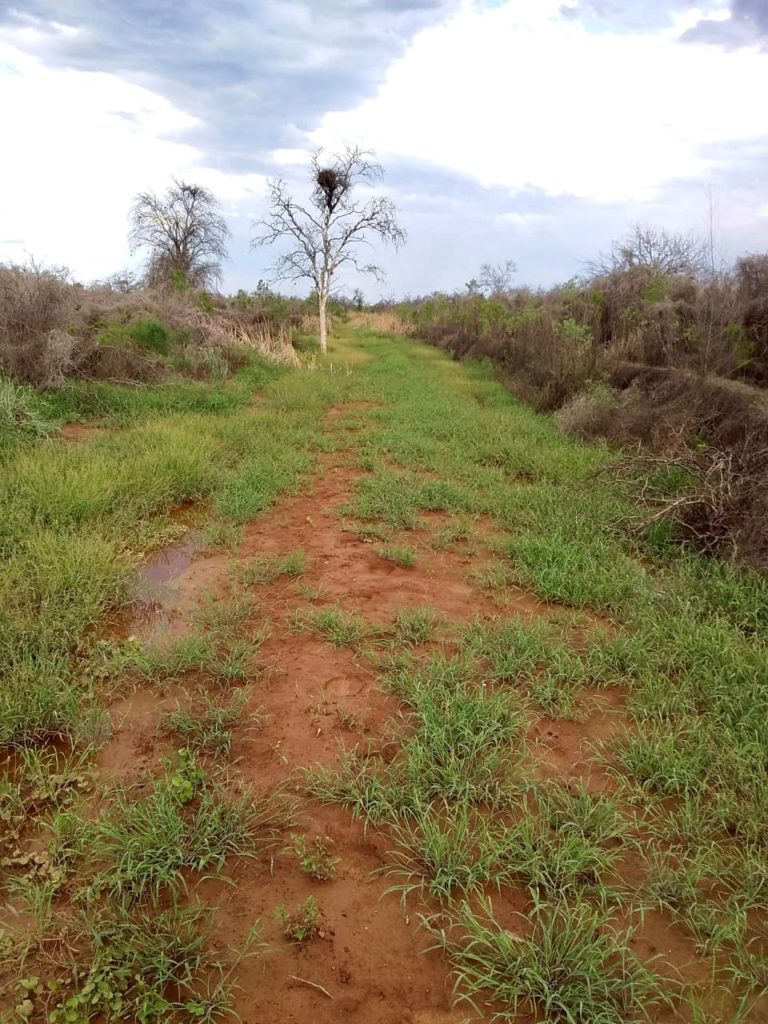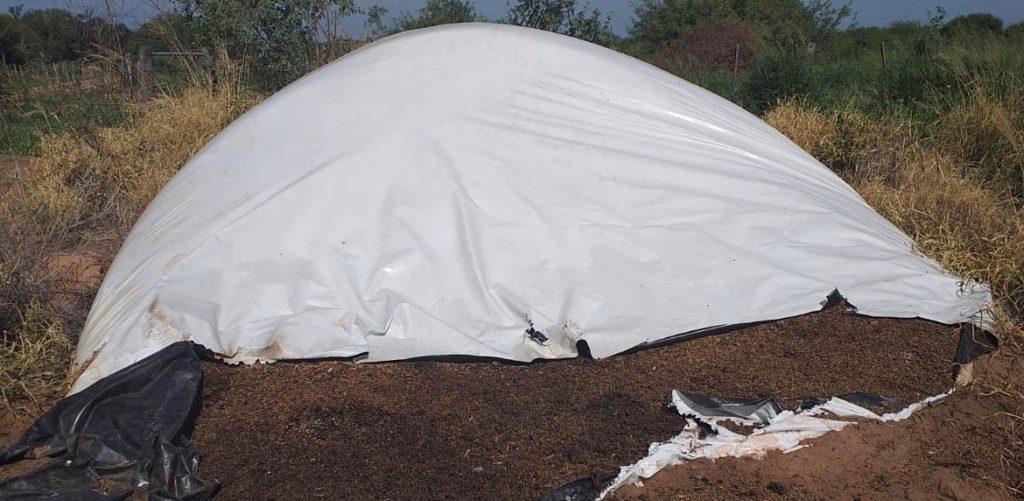River cleaning: Maintenance and adjustments work performed in the river El Dorado are now fully completed, and have been certified by local authorities. End of February, we registered some dense rains for the season (80 mm) raising significantly the level of the river as you can see.

The good news is that no water entered into our far; meaning that the river flow normally and that all the work performed in the river seems to pay off. We can now again focus our efforts on our cattle operation.
Cattle operation and pastures: We have avove 3,200 heads at the farm. Dryness has affected the whole region for the last 8 months and has affected the shape of our herd at various levels (well-being, production, diet, fertility, etc) as well as pastures available. The situation displaced standing water and some flooded area in the farm caused by illegal protection walls build by some farmers’ upper the river which changed water course.

We are in a recovery stage: Grassing areas have reduced given the lack of water and the flood situation we faced earlier did allow us to sow pasture on cleaned fields; only wild vegetation has grow as you can see. In any case, the farm needs permanent control of the natural vegetation which is typical for the region of Salta (a formerly forest area with a subtropical highland climate). The cattle need also to recover so that productivity can back on track. However, we do not believe we can achieve our annual beef production objective of 276 tons.

We will start again to clean and control trees so as to enhance our grassing area. Meanwhile, the most sensitive categories will for now continue to be supplemented with corn and pellets as pastures are not dense enough to address their needs especially in terms of protein.

This year, we have also 1,460 heads (cows & heifers) in service (ppregnancy ratio will be determined after performing the test in April), and animals feeds have an effect on reproduction at each stage of reproduction in females (puberty, cyclicity and oestrus, service or insemination, gestation, end of lactation, post-partum, lactation) and in males (puberty, libido, sperm and semen analysis). So there is an effect on the numerical productivity of the herd. There are two feeding periods particularly critical for the reproduction of the cow: before calving (steaming) and above all around fertilisation (flushing). Therefore, it is key for us currently to provide them appropriate food and supplementation because the unborn calves are our future.

